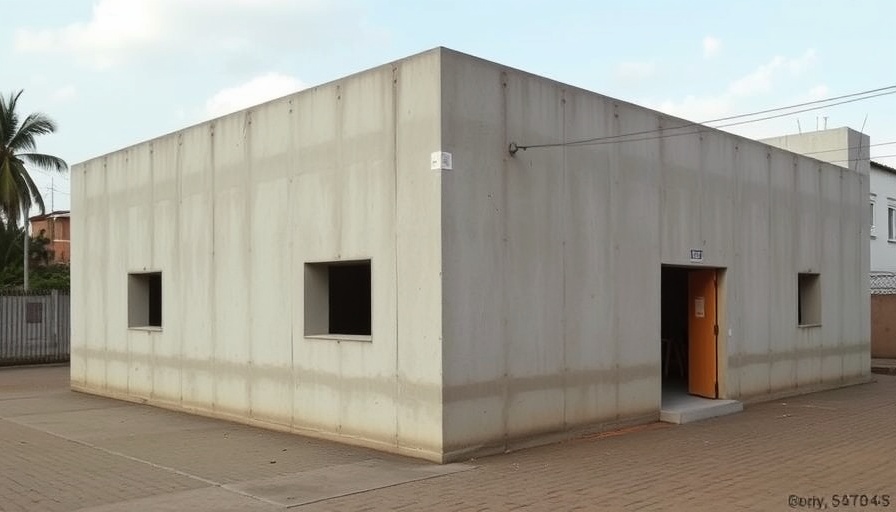
Create a Community: The New Model of Support
Fernanda Canales, a visionary architect, has transformed the space adjacent to a Mexico City prison into a vibrant community center focused on healing and connecting families. While at first glance this project may seem surprising, it carries profound implications for community building and support for marginalized groups. Canales’ work emphasizes the importance of creating a safe haven in urban environments, particularly for children and families affected by incarceration.
Connecting Through Design: What Makes This Center Unique?
The design of the community center is both functional and inviting. It features open spaces and natural lighting, promoting a sense of well-being among visitors. The architectural choices reflect studies that show how sunlight can enhance mood and productivity, tying directly into the principles of ergonomic workspace design. By incorporating elements that are both appealing and functional, Canales is not just creating a building; she is fostering an environment conducive to community engagement and support.
Emotional Well-Being: Why This Matters
In today’s fast-paced world, mental health has come to the forefront of societal concerns. Spaces like the one created by Canales are not merely places to gather; they are integral to nurturing emotional well-being. Designed to provide comfort and solace, they allow families to interact and stay connected. This is particularly vital in instances where the incarceration of a family member disrupts home life.
Practical Insights for Remote Workers: Finding Inspiration in Community Spaces
For digital nomads looking to create home offices that foster efficiency and comfort, the principles illustrated in this community center can be incredibly enlightening. Just as Canales balanced function with aesthetic appeal in her design, remote workers can apply similar strategies when organizing their workspaces. Utilize natural light, incorporate comfortable seating, and ensure that your work area promotes both efficiency and relaxation. These factors not only enhance productivity but also support mental well-being, aligning with ergonomic design principles.
Broader Implications: A Model for Future Projects
This community center serves as a model for future projects throughout urban spaces worldwide. By bridging the gap between functional architecture and social responsibility, Canales proposes that architecture can play a crucial role in fostering healthier communities. Beyond just serving as a refuge, such centers can become hubs of creativity, helping to combat social isolation and providing resources for families.
Step-by-Step: How to Design Your Ideal Workspace
Inspired by Canales' approach, here’s a simple step-by-step guide to create your ergonomic workspace at home:
- Choose the Right Location: Find a spot in your home with plenty of natural light.
- Invest in Ergonomic Furniture: Use a chair that supports your posture, and consider a standing desk.
- Personalize Your Space: Add plants or artwork to make it inviting.
- Establish Boundaries: Create a visual or physical boundary to separate work from relaxation.
- Stay Flexible: Change your setup as needed to maintain comfort and efficiency.
Create Your Own Community Center at Home
Just like Canales' project, your workspace can embody a community spirit. Whether it’s incorporating family photos or setting up a communal coffee space, remember that a nurturing environment fosters better work and well-being.
As you embark on designing your ergonomic workspace, consider the impact a well-designed area can have on your mental health and productivity. Spaces that promote creativity and comfort can transform your daily experience, just as Canales aims to transform community connections.
 Add Row
Add Row  Add
Add 




Write A Comment